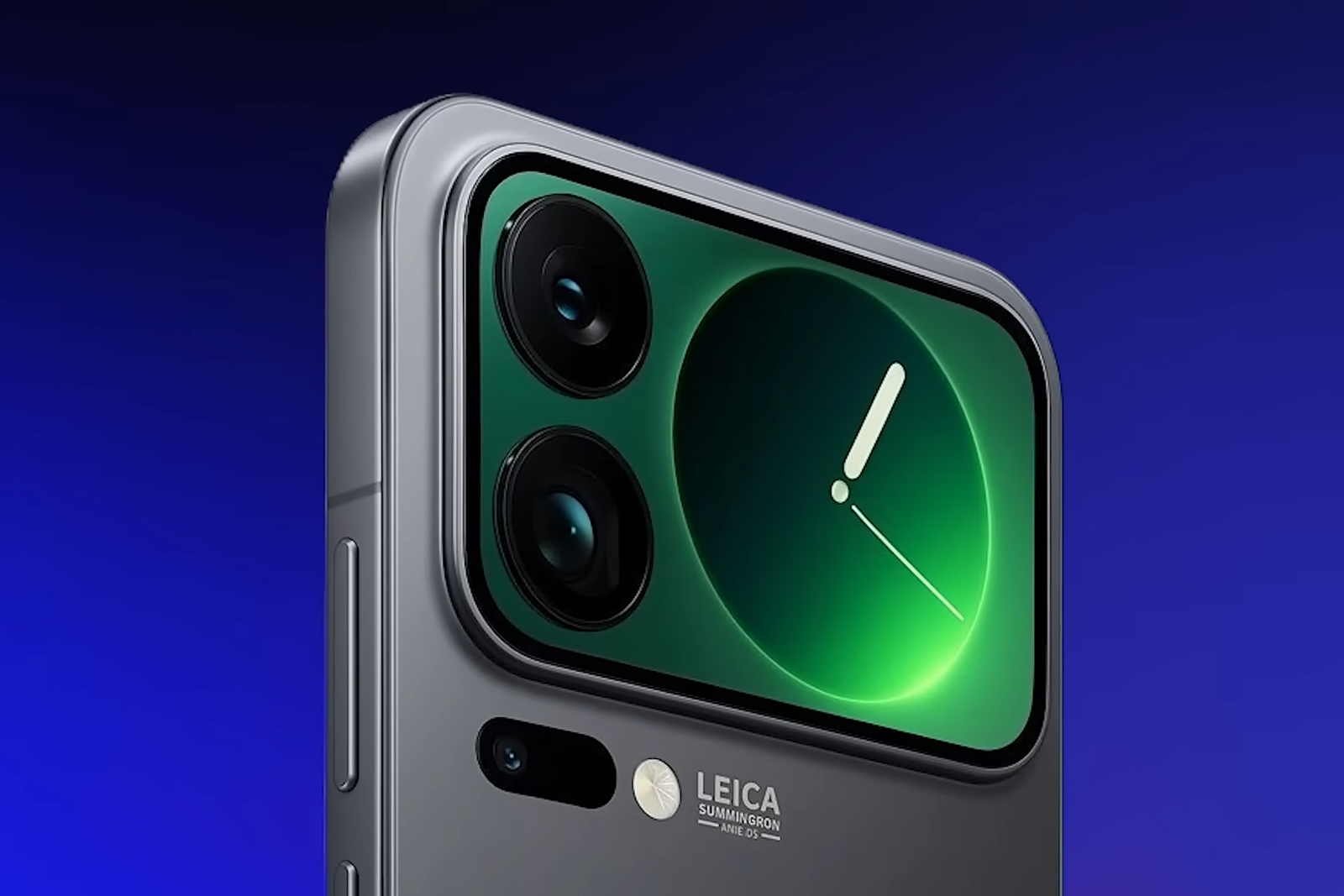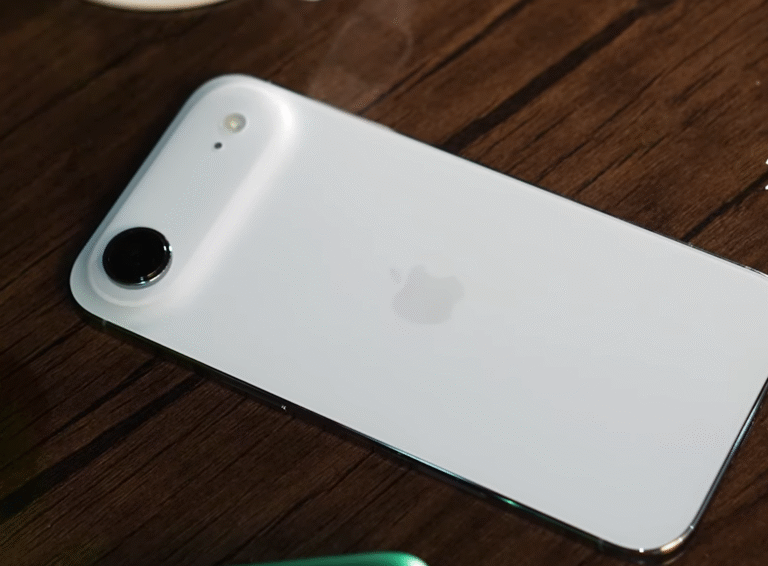
For years, the smartphone market has been shaped by two dominant players: Apple and Samsung. While other companies have sought to carve out their own niches through foldables, rollables, and experimental camera designs, few have directly challenged Apple head-on. That changed this year with Xiaomi’s bold move. The company has skipped the number 16 entirely and leaped straight to the Xiaomi 17 series—a clear signal that its new lineup is designed to go toe-to-toe with the iPhone 17.
This is not just a clever naming trick. Xiaomi has introduced a flagship trio—the Xiaomi 17, 17 Pro, and 17 Pro Max—each packed with cutting-edge hardware and one feature that sets them apart from anything else on the market: a full secondary display on the back.
The Magic Back Screen
The centerpiece of the Xiaomi 17 Pro and 17 Pro Max is what Xiaomi calls the Magic Back Screen. Integrated into a wide camera bar, this secondary display stretches across the rear of the phone, offering more than just a tiny notification panel. Unlike Xiaomi’s 2021 Mi 11 Ultra, which had a small 1.1-inch AMOLED borrowed from a fitness tracker, the Magic Back Screen is a full-color, high-definition panel that spans the width of the device.
Its uses go well beyond novelty. The display works as a proper viewfinder for selfies using the primary rear cameras, which means users could potentially ditch the front-facing camera altogether for a seamless, uninterrupted main screen. Xiaomi also demonstrated the screen displaying clock faces, app notifications, custom animations, and even hints at integration with smart cars. In effect, it transforms the back of the phone into a customizable, glanceable dashboard of information and functionality.
The concept is ambitious. If executed well, it could reduce the need to constantly unlock the phone, making everyday use more convenient while doubling as a design statement.
Powering the Xiaomi 17 Series
Of course, a flagship phone is more than just one headline feature. The Xiaomi 17 series comes with some of the most powerful hardware available today. At its heart is Qualcomm’s brand-new Snapdragon 8 Elite Gen 5 processor, making these devices the first to run on the cutting-edge 3-nanometer chipset. Early benchmarks from China suggest performance leaps of up to 41% over the previous generation, with the chip scoring an impressive 3.8 million on AnTuTu. This means faster processing, smoother multitasking, and more efficient power consumption.
The battery specifications are equally ambitious. The standard Xiaomi 17 is rumored to pack a 7,000mAh battery, while the Pro Max could push as high as 7,500mAh—a staggering jump compared to the 5,000mAh average seen in most flagships today. Charging speeds are also among the best in the industry, with 100W wired fast charging and 50W wireless charging.
Other premium touches include Xiaomi’s new HyperOS 3.2, an ultrasonic fingerprint scanner, and an IP69 rating, ensuring superior dust and high-pressure water resistance. These specs ensure the devices are not just experimental but also practical daily drivers.
Cameras with Leica Expertise
Photography remains central to Xiaomi’s premium phones, and the Xiaomi 17 series continues its partnership with Leica, one of the most respected names in optics. The Xiaomi 17 Pro is expected to feature a 50-megapixel triple camera system, including a main lens, an ultra-wide, and a 5x optical zoom telephoto.
The Pro Max takes it a step further, with a redesigned triple-lens setup featuring two protruding primary cameras and a third lens integrated flush with the surface. Combined with the Magic Back Screen for framing selfies and creative shots, Xiaomi is positioning this system as a direct rival to Apple’s and Samsung’s best.
A Statement of Intent
Xiaomi has been explicit about its ambitions. Company president Lu Weibing described the Xiaomi 17 lineup as a “new milestone” and “a major shift” for the brand. The product strategy is aggressive: the base Xiaomi 17 is positioned as the standard flagship, the 17 Pro as a compact photography powerhouse, and the 17 Pro Max as the most powerful smartphone in the industry.
Even the naming strategy echoes Apple’s, with Xiaomi adopting the “Pro Max” suffix long associated with the iPhone’s top-tier models. This is a deliberate challenge and an open invitation to comparison.
Innovation or Gimmick?
The big question is whether the Magic Back Screen is a revolutionary innovation or just another short-lived gimmick. On paper, the feature has potential—offering users a quick way to check notifications, personalize their phone’s appearance, and take selfies with the main camera system. If the execution is seamless and the display doesn’t cause major battery drain, Xiaomi could have introduced a genuinely useful differentiator in a crowded market.
However, smartphone history is filled with experimental ideas that didn’t quite stick. Consumers will decide whether a two-faced flagship is a practical improvement or just a flashy marketing trick.
The Road Ahead
Xiaomi’s decision to launch the 17 series as a direct rival to Apple signals the brand’s growing confidence and ambition. With groundbreaking hardware, Leica-tuned cameras, massive batteries, and an eye-catching design, the company is betting big on its ability to stand shoulder-to-shoulder with the iPhone.
The Xiaomi 17 series is expected to launch later this month, and the global smartphone market will be watching closely. If successful, Xiaomi’s bold gamble could spark new trends and push competitors to rethink what a flagship should be.
For now, one thing is clear: Xiaomi isn’t just trying to keep up with Apple anymore—it’s trying to redefine what it means to compete with the iPhone.



